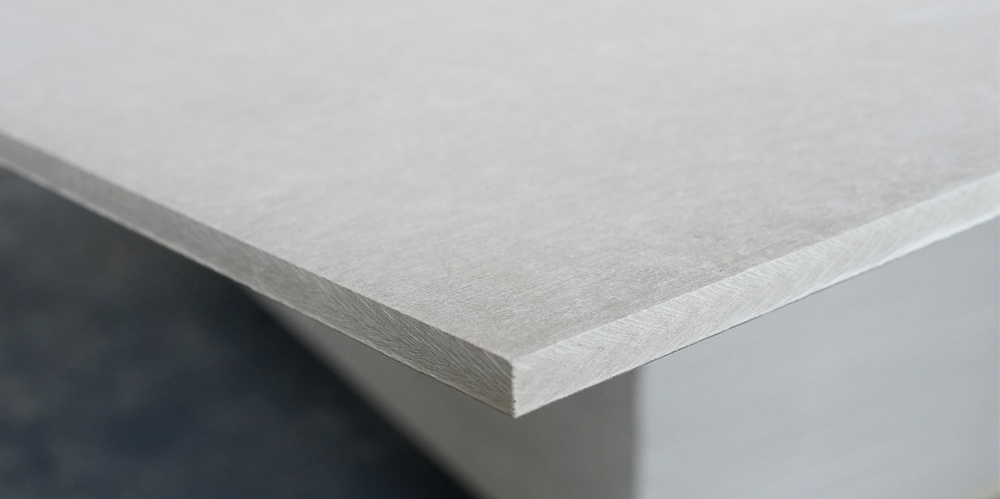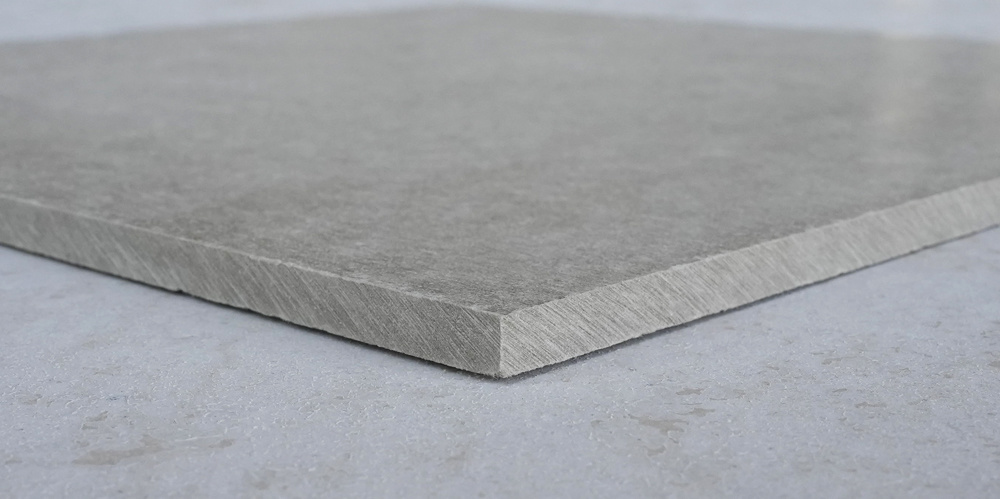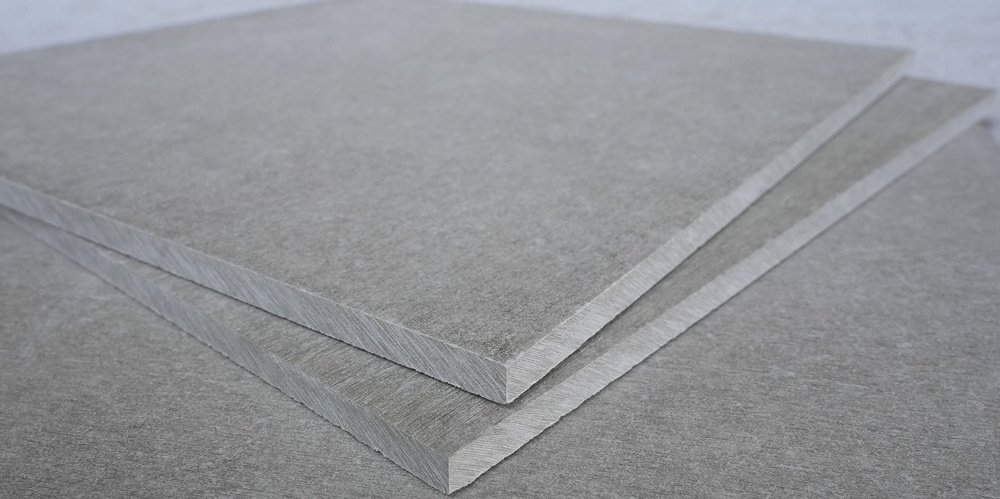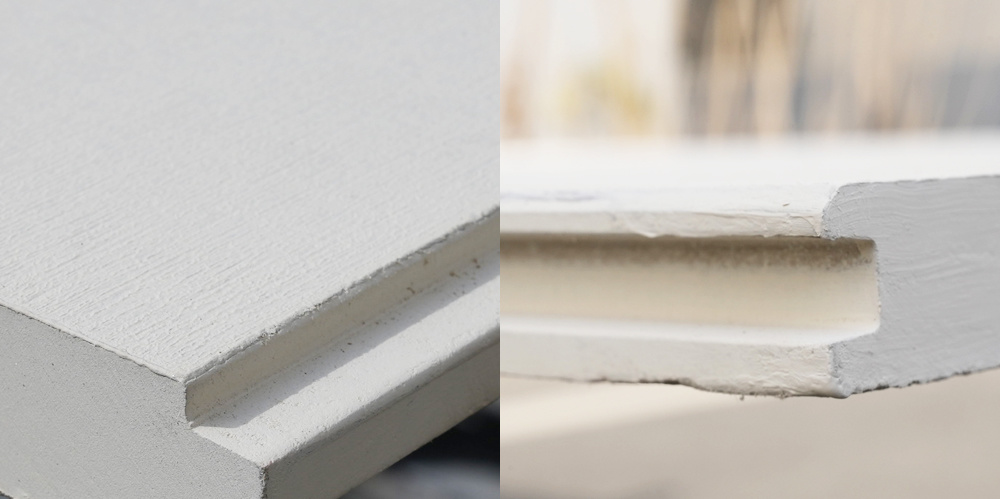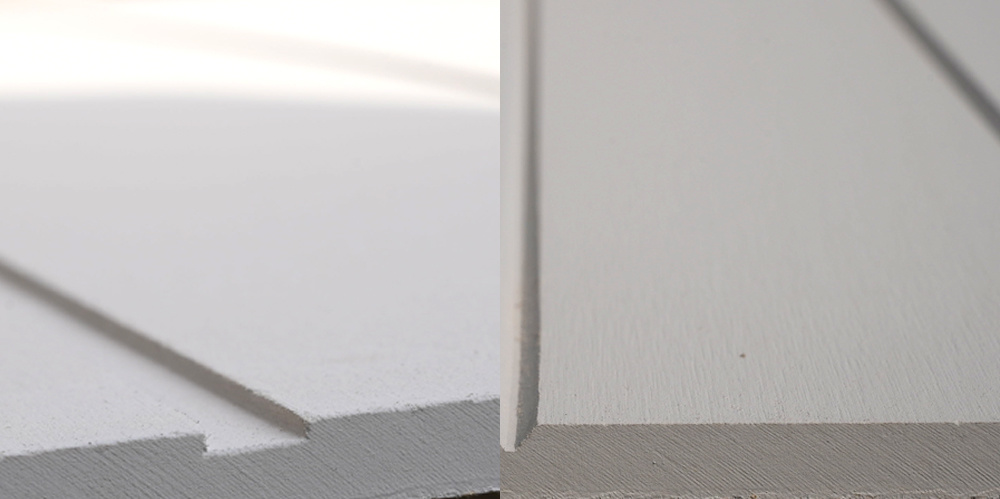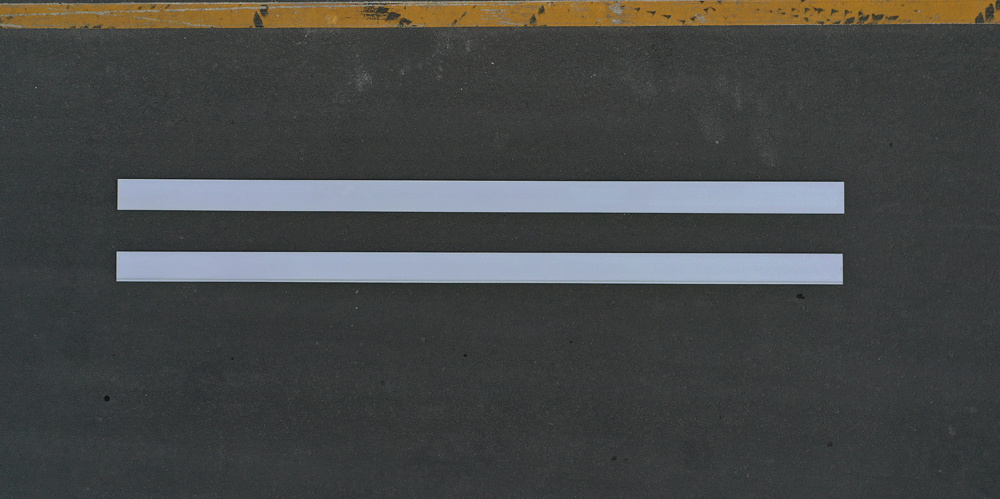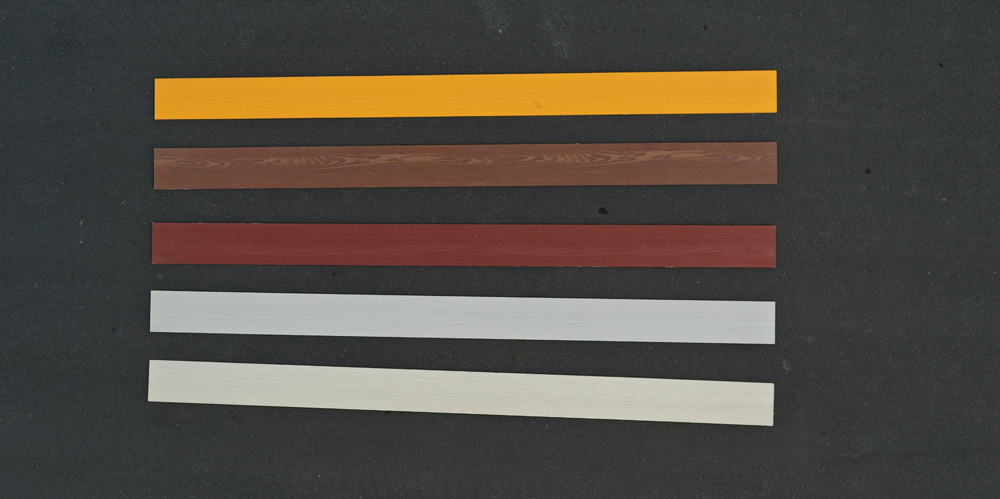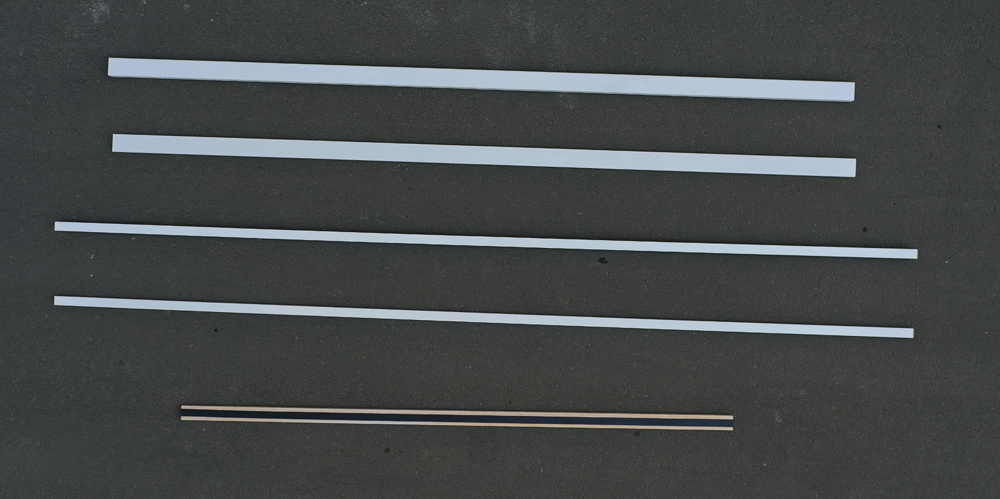The difference between molding and extrusion of rubber products
2023/06/15
Rubber products come in many shapes, such as square, round, special-shaped, etc., and different shapes are produced by different processes. Let's take everyone to understand the difference between molding and extrusion.
Molding, a rubber processing method in which rubber raw materials are formed into products by means of heating and pressure in a closed mold cavity. Molding is generally to place powder-like rubber blocks in the cavity of a heated mold, and then close the mold and pressurize. It is molded and cured or vulcanized, and then demolded into products. This method is especially suitable for the molding and processing of thermosetting products.
Advantages:
1. It can be made into any shape
. 2. Various shapes such as O-rings, sealing rings and oil seals.
3. High precision, beautiful shape.
Disadvantages:
1. Generally, the length is less than 600mm
. Low efficiency
3. The production process will produce a lot of burrs and waste products
4. The cost of the mold is relatively expensive, and the development cycle is long.
Extruded sealing strips are usually formed by extruding materials through an extrusion machine. The expansion rate of the extruded section changes from small to large; different types of rubber or mixed rubber with different rubber content have different expansion rates in the section of the extruded product; generally, the shape of extruded silica gel is long, and the length can be cut at will.
Advantages:
1. Short production cycle, high capacity
2. Few waste products
3. Cheap molds, convenient and fast development
Disadvantages:
1. Can only be made into strips
2. The accuracy is poor, and some shapes are difficult to produce
. The above, molded There are advantages and disadvantages to the extrusion process, the products are different, and the selected process is also different
Key words:
rubber products
Related Products


